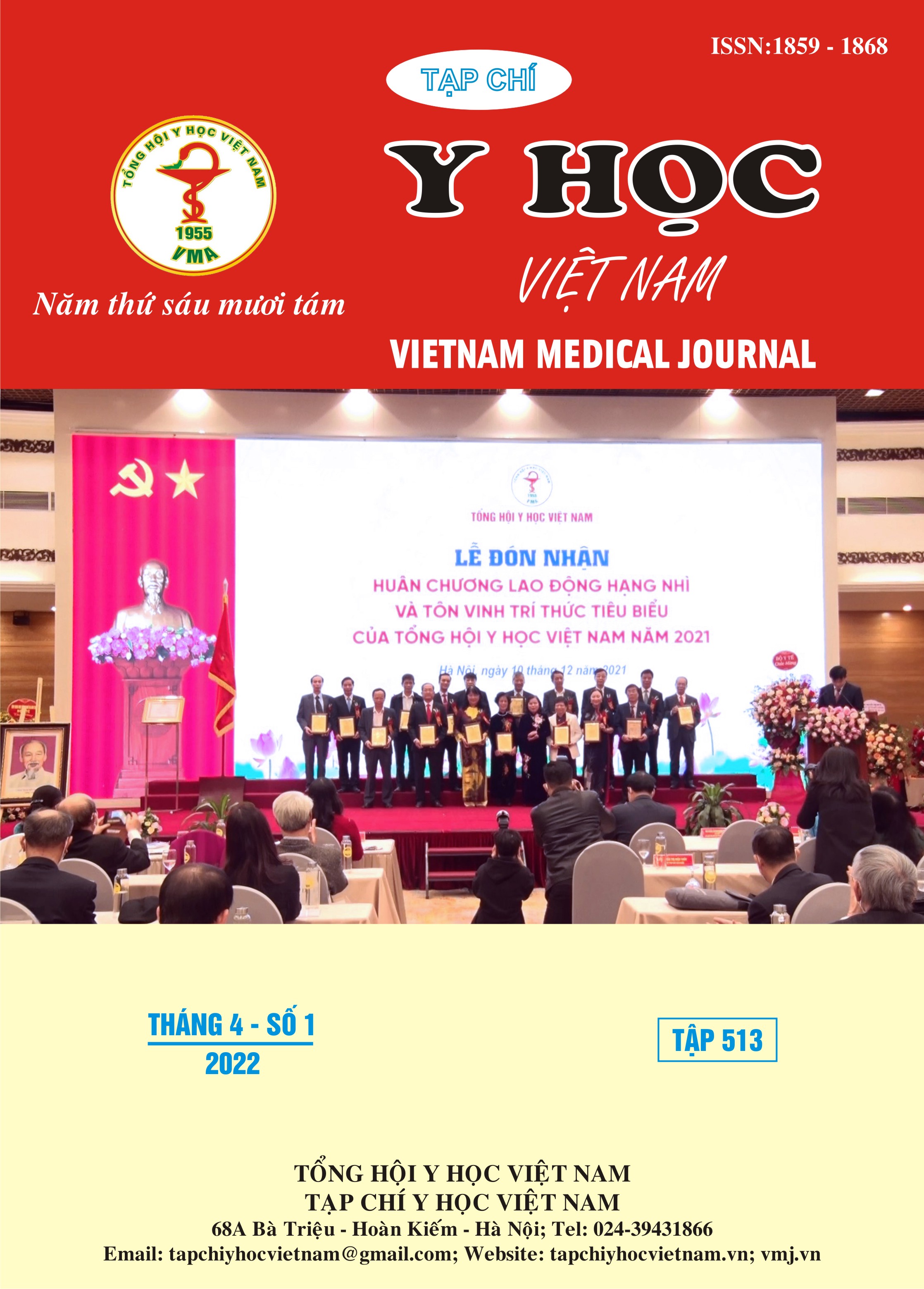CARING FOR THE CHEST TUBE AND RESPIRATORY PHYSIOTHERAPY OF PATIENT’S CHEST TRAUMA ASSOCIATED WITH TRAUMATIC BRAIN INJURY AT VIET DUC UNIVERSITY HOSPITAL
Main Article Content
Abstract
Background: Chest trauma associated with traumatic brain injury is a serious clinical condition. The care of chest tube and respiratory physiotherapy in this group of patients is often difficult and requires high specialization. The study aimed to summarize and evaluate the current status of care for the chest tube system and physiotherapy practising of this group of patients. Methods: Cross-sectional study; The research results were recorded in the variables: age, sex, traumatic chest and brain injury, chest tube management, length of hospital stay, etc. The data were recorded in the research medical record sample for each study. patients and processed with the program SPSS 20.0. Results: From January 2018 to December 2020, the chest tube was taken care of 34 patients with chest trauma associated with traumatic brain injury with an average age 49.5 ± 18.8 years (the group over 65 years old 17,6%). There were 14.6% of patients in the study with complications (atelectasis and blood clots - pleural retained). The mean drainage time was 7.3±4.4 days. The mean hospital stay was 10±4.6 days. Conclusion: Caring for the chest tube and respiratory physiotherapy praticing in patients with chest trauma associated with traumatic brain injury requires high specialization. The research results have reflected the current state of manageability of chest tube care and treatment in this type of associated lesion.
Article Details
Keywords
chest tube, chest trauma associated with traumatic brain injury, respiratory physiotherapy
References
2. Ludwig C. and Koryllos A. (2017). Management of chest trauma. J Thorac Dis, 9(Suppl 3), S172–S177.
3. Huang F.-D., Yeh W.-B., Chen S.-S., et al. (2018). Early Management of Retained Hemothorax in Blunt Head and Chest Trauma. World J Surg, 42(7), 2061–2066.
4. Freixinet Gilart J., Rodríguez H.H., Vallina P.M., et al. (2011). Guidelines for the Diagnosis and Treatment of Thoracic Traumatism. Archivos de Bronconeumología (English Edition), 47(1), 41–49.
5. Chrysou K., Halat G., Hoksch B., et al. (2017). Lessons from a large trauma center: impact of blunt chest trauma in polytrauma patients—still a relevant problem?. Scand J Trauma Resusc Emerg Med, 25(1), 42.
6. Phạm Hữu Lư, Nguyễn Văn Minh (2019). Kết quả điều trị máu đông, ổ cặn màng phổi sau chấn thương vết thương ngực tại Bệnh viện Hữu nghị Việt Đức bằng phẫu thuật nội soi lồng ngực. Tạp chí Ngoại khoa và Phẫu thuật nội soi Việt Nam. 9(3), 18-22.
7. Schieren M., Wappler F., Wafaisade A., et al. (2020). Impact of blunt chest trauma on outcome after traumatic brain injury– a matched-pair analysis of the TraumaRegister DGU®. Scand J Trauma Resusc Emerg Med, 28(1), 21.
8. Mezue W.C., Ndubuisi C.A., Erechukwu U.A., et al. (2012). Chest Injuries Associated with Head Injury. Niger J Surg, 18(1), 8–12.


